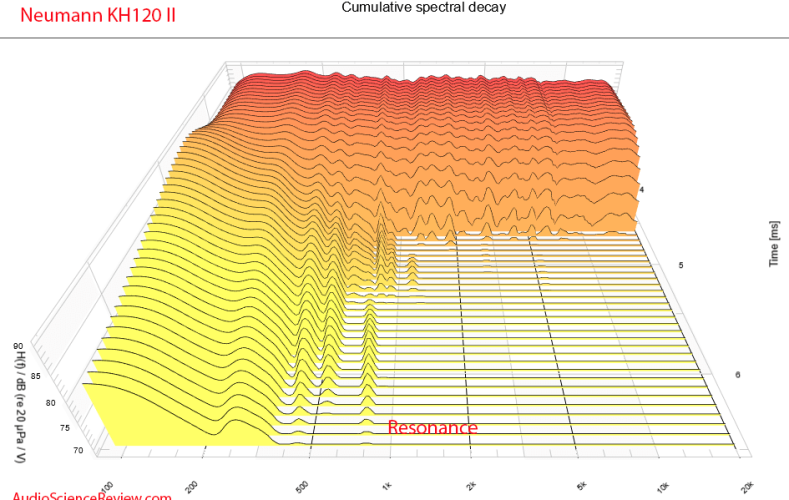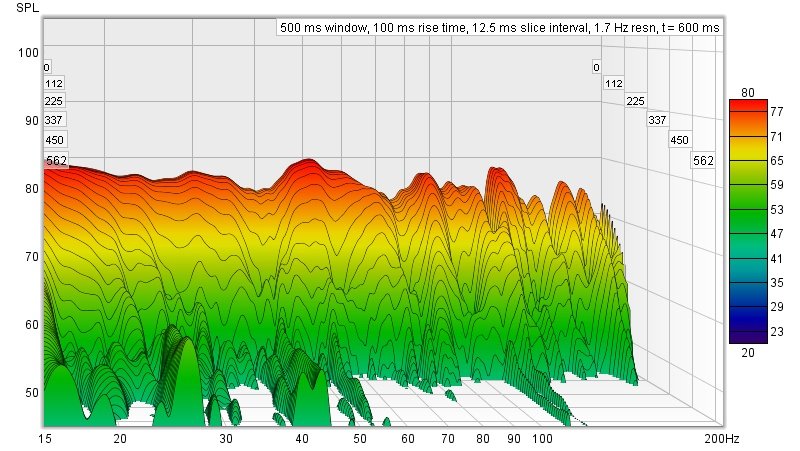*Shure SE846 have entered the chat.*
Unfortunately even after extensive web search, I cannot find it anymore, but as I recall, around 14/15-ish years ago, there was a blind test study (I recall with about 50 participants, but my memory could well fool me and it could've been less) done as part of a Bachelor's/Master thesis (at least I think so) on whether there's an audible difference in various tweeter designs (I think I remember two different dome tweeters vs one ribbon), given the frequency response is similar. The result was that the drivers were indistinguishable from each other.
Obviously this was only limited to testing the tweeters, and speakers ≠ headphones ≠ IEMs, but after all, and not much surprisingly, it's the frequency response that is the most important factor of sonic perception. Performing a similar test with IEMs would be more difficult because a) the frequency response of the IEMs would have to be as identical as possible and b) the shape of the shells would have to be similar as well, else the participants would easily know when they're being given a different set. The easiest way to do this would be in an ABX setting with level-matched Etymotic ER2SE and ER3SE plus a high order low pass filter around 2 kHz since their tuning is mostly identical and their shell design is similar (nope, I definitely don't volunteer as a participant in this

). But even then we'd only be comparing two sealed shell single micro driver IEMs with each other.
On a highly subjective note full of sighted bias and knowing which headphones/IEMs/earbuds I was listening to and what I've paid for them (

), with over 100 in my personal possession (there goes the Corvette/Porsche) and various review sanples that I requested (because I'm a broke idiot who spent way too much money on headphones and IEMs over the years and eventually realised that a set of ER4S(/R) and HD 600/AEON Flow Closed are all I really need), I personally feel like there is indeed a difference in perception of various driver tech, but it's mainly limited to the bass and not the rest of the audible spectrum (that myth of "BA treble/timbre" imo only comes from the TWFK times where many multi-BA implementations had a rather wonky/peaky/bright (upper) treble response as opposed to many DD designs of that era). As such, without being able to prove it, I would say that I can hear a difference between multi-BA designs with large Knowles CI woofers/vented BA woofers and those that have smaller woofers even if the latter have a stronger bass boost. The same goes for dynamic driver diameter (with earbuds/IEMs, as I wouldn't apply this to my experience with full-sized headphones) where I perceive the larger diameters as different.
Probably a somewhat less easy task with full-sized headphones (planar magnetic vs dynamic driver), as most dynamic driver designs don't extend as flat in the bass as most planar magnetic headphones (who volunteers to perform a test with applied band pass filter? (Not me)). And even then, as with the BA woofers, the same tech (planars) can sound subjectively different (I did a comparison of my LCD-X and HE 400 once, with a high order low pass filter applied around 800 Hz or so, and their subjective bass perception was still different, but I obviously also knew and felt which headphones I had on).
But then again that's all just anecdotal evidence and I don't care much about it at the end of the day.
What really interests me with speakers is whether one could, with statistic relevance, tell a large subwoofer driver apart from many smaller drivers that add up to the same surface area, provided both designs have the exact same frequency response. My guess is: no.









 this guy
this guy  ) have mostly dropped in the last years for newer ones.
) have mostly dropped in the last years for newer ones.